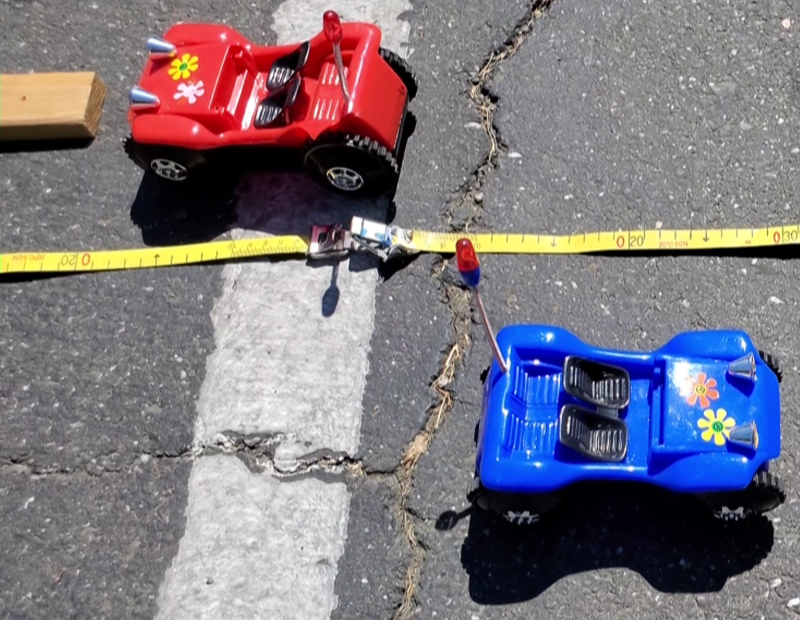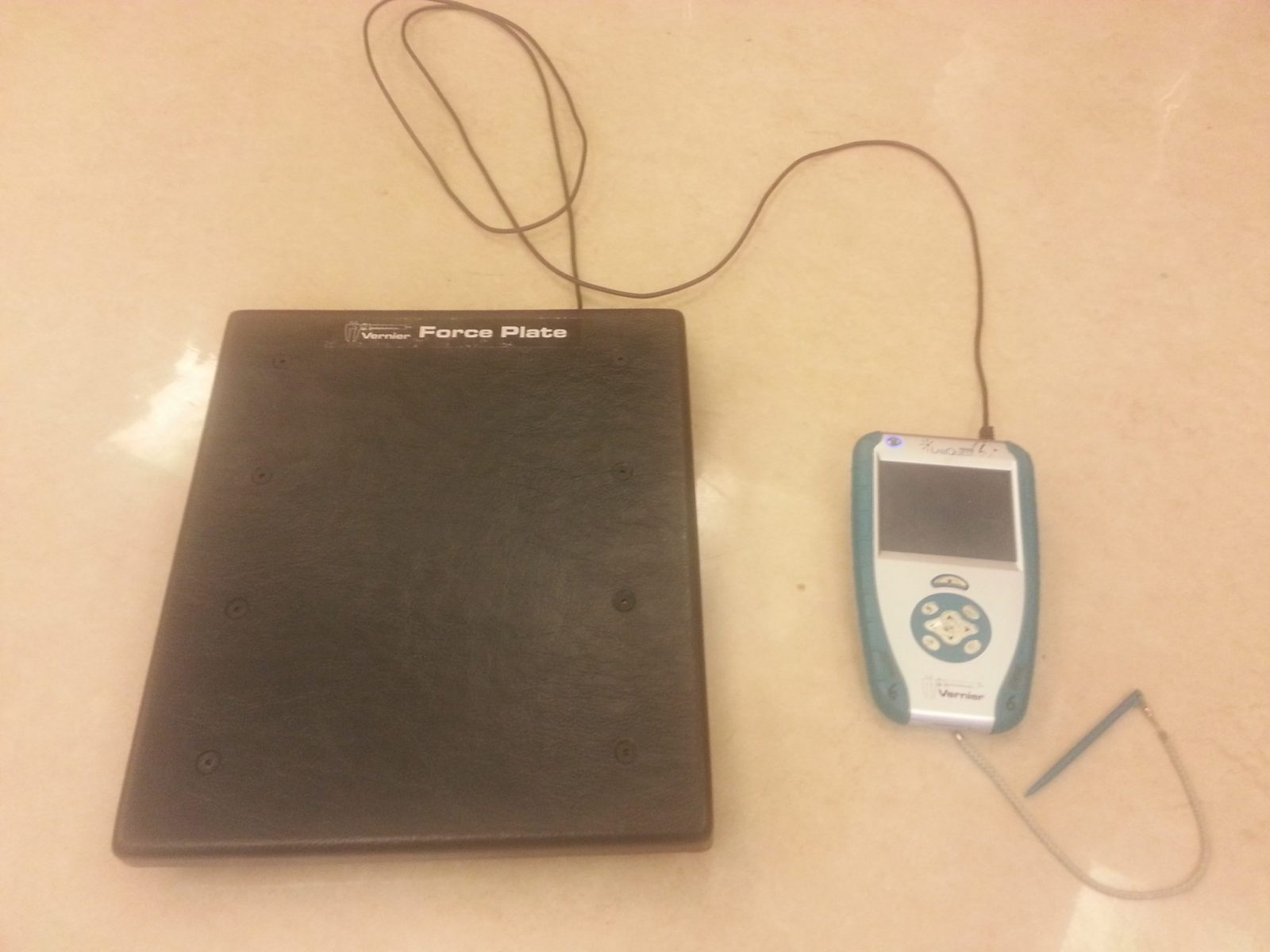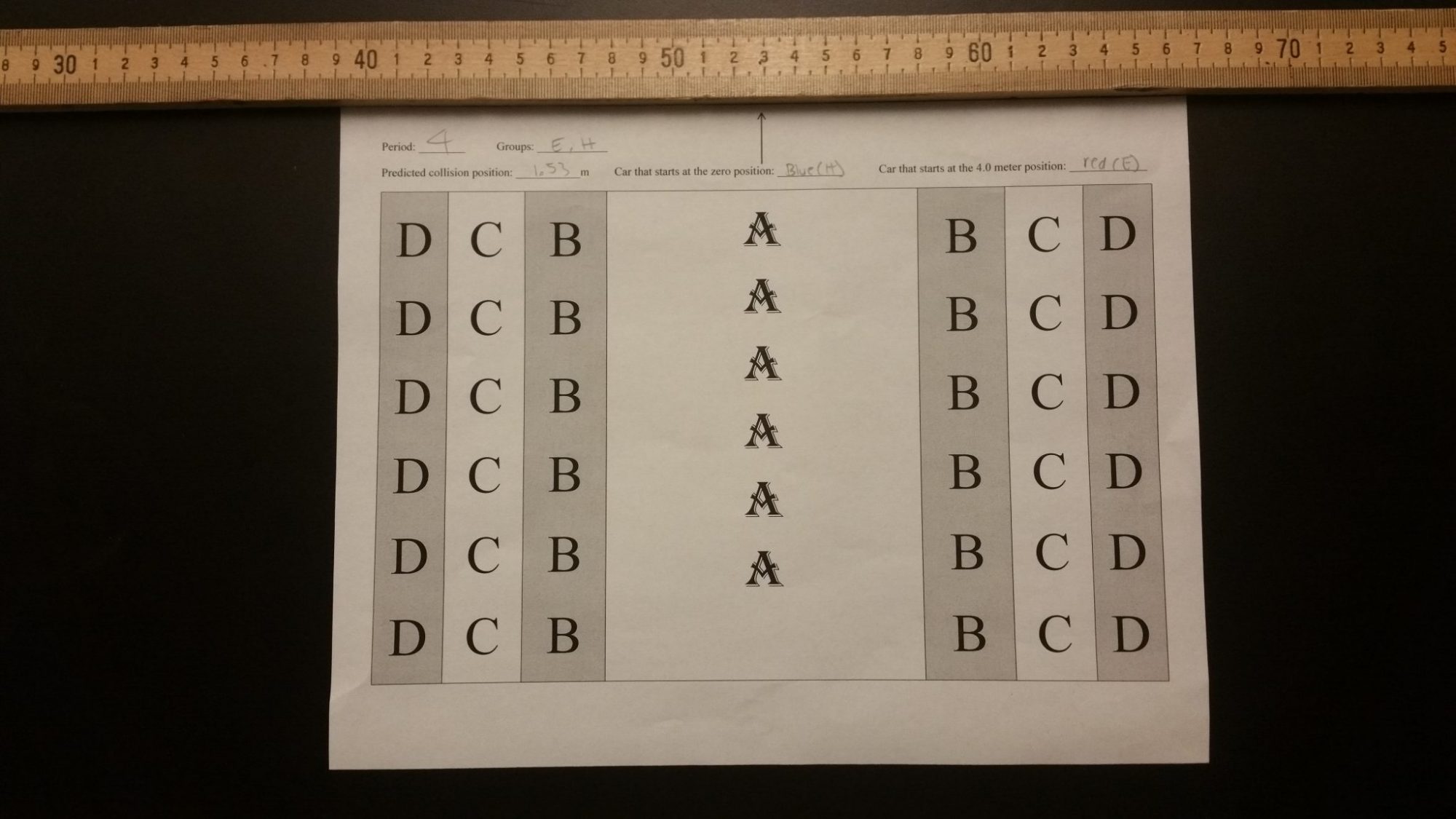So what is “Physics Modeling” anyway
The bulk of my trip this summer is being spent in a training in the Modeling Instruction in Physics technique. The term Modeling comes from the perspective that physics is a set of models of the physical world. These models can be mathematic (equations), diagrams, and literal. More details from their web site:
The Modeling Method of High School Physics Instruction has been under development at Arizona State University since 1990… The program cultivates physics teachers as school experts on effective use of guided inquiry in science teaching… Program goals are fully aligned with National Science Education Standards. The Modeling Method corrects many weaknesses of the traditional lecture-demonstration method, including fragmentation of knowledge, student passivity, and persistence of naive beliefs about the physical world. Unlike the traditional approach, in which students wade through an endless stream of seemingly unrelated topics, the Modeling Method organizes the course around a small number of scientific models, thus making the course coherent.
I think I’m pretty good at integrating inquiry based student centered curriculum into my classroom, but I have not managed to infuse it throughout. I’ve been wanting to attend a Modeling workshop for years, and this year I finally opted to do it. Workshops are offered all over the country each summer, and the ones I could fit into my schedule were in NC or Arizona. Since I have more friends and family in NC than Arizona (Karen and Chris, I still love ya), I decided on NC.
The course I’m in has only six participants, which is a little disappointing, but not that many teachers are willing to put three weeks of their summers into a specific training program. The design of the training is that we (the teachers in the training) work most of the lab activities ourselves, reviewing them at the end to reflect on the goals of the activity. Our first activity today was to examine the nature of a ball bouncing. The basic design of the activity was:
- Teacher demonstrates a bouncing ball and ask what we observe.
- A list of observations are recorded (e.g. it doesn’t bounce back as it fell, it makes a noise when it hits the ground).
- The teacher leads the class in a discussion of which of these observations lead us to items we could measure.
- The class settles on comparing the height of the drop to the height of the bounce.
- Lab groups meet and develop their technique for a lab that will compare this (no specific instructions are given).
- Lab groups conduct their experiment.
Lab groups write a “white board” with their data, analysis, and conclusions (the white boards are about 2’x3′, see my partner’s and my whiteboard on the right — click on it for a larger version that you can actually read 🙂 ).
- One group presents their lab to the class (using the white board to show their “report”), with the teacher and students asking questions as needed.
- Other groups present their labs. As the new reports are made, the teacher helps to guide the discussion to similarities and differences in the reports (both results and design).
- After all the presentations are made, a class discussion is held where the nature of the relationship between the variables (drop and bounce heights) is examined.
Notice there’s no teacher telling students “this is how it works.” Research in education has demonstrated the importance of students examining their own beliefs about a subject before learning new material about the subject. When students have misconceptions about a topic that is not addressed before learning, the students tend to place the new material in their short term memory, then quickly revert to their previously held misconceptions about that topic. If, on the other hand, they address their beliefs before the topic is presented, they better integrate the new and old, notice the differences, and, when the new knowledge is integrated into their minds, they are better at dismissing their old misconceptions because they see how they are wrong.
Well, enough for today. The class was great, and the two instructors seem quite good at teaching the class. I’m looking forward to tomorrow and the rest of the three weeks.
Signing off from Charlotte,
Lee



